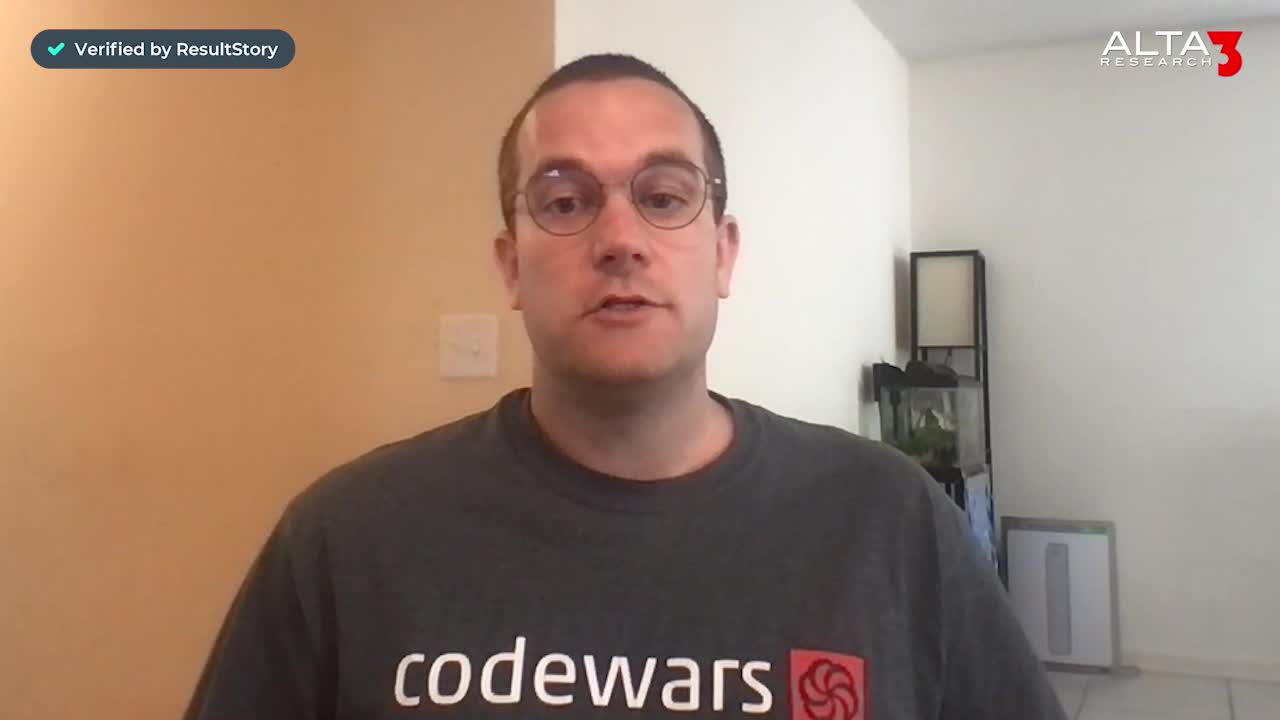Microsoft Azure Technologies for AWS Architects
Transform your cloud architecture skills by mastering Microsoft Azure technologies, optimized for AWS architects, to create secure and scalable solutions.

Essential Skills Gained

Secure identities with Azure Active Directory and manage user access.

Implement and configure virtual networking and virtual machines.

Administer Azure resources and monitor applications.

Design solutions using Azure's data and application management services.
Format
- Instructor-led
- 4 days with lectures and hands-on labs.
Audience
- AWS Cloud Architects
- Solution Architects
- Cloud Engineers
- IT Professionals with AWS experience
Description
This course teaches Solutions Architects who have previously designed for Amazon Web Services how to translate business requirements into secure, scalable, and reliable solutions for Azure. Lessons include virtualization, automation, networking, storage, identity, security, data platform, and application infrastructure. This course outlines how decisions in each theses area affects an overall solution.
Upcoming Course Dates
No upcoming dates. Please check back later.
Course Outline
Download PDFModule 1: Introduction to Azure
Subscriptions and accounts
Resource groups and templates in Azure Resource Manager
Module 2: Azure Global Infrastructure
Azure regions
Azure Availability Zones
Comparison with AWS
Module 3: Implement Azure Active Directory
Introduction to Azure Active Directory
Domains and custom domains
Safety features
Guest users in Azure Active Directory
Manage multiple directories
Comparison with AWS
Module 4: Implement and Manage Hybrid Identities
Introduction to Azure AD Connect
Comparison with AWS
Module 5: Implement Virtual Networking
Azure Virtual Network and VNet peering
VPN and ExpressRoute connections
Comparison with AWS
Module 6: Implement VMs for Windows and Linux
Configure high availability
Comparison with AWS
Module 7: Implement Load Balancing and Network Security
Implement Azure Load Balancer
Implement an Azure Application Gateway
Implement Azure Firewall
Implement network security groups and application security groups
Comparison with AWS
Module 8: Implement Container-Based Applications
Configure Azure Kubernetes Service
Publish a solution on an Azure Container Instance
Comparison with AWS
Module 9: Implement an Application Infrastructure
Create an App Service plan
Create and configure Azure App Service
Configure networking for an App Service
Introduction to Logic Apps and Azure Functions
Comparison with AWS
Module 10: Implement Storage Accounts
Azure Storage core concepts
Managing the Azure Blob storage lifecycle
Working with Azure Blob storage
Comparison with AWS
Module 11: Implement NoSQL Databases
Introduction to Azure Cosmos DB
Consistency
Select appropriate CosmosDB APIs
Set up replicas in CosmosDB
Comparison with AWS DynamoDB
Module 12: Implement Azure SQL Databases
Configure Azure SQL database settings
Implement Azure SQL Database managed instances
Configure high availability for an Azure SQL database
Comparison with AWS
Module 13: Implement Cloud Infrastructure Monitoring
Monitor security
Monitor cost
Configure a Log Analytics workspace
Comparison with AWS
Module 14: Implement and Manage Azure Governance Solutions
Assign RBAC roles
Configure management access to Azure
Implement and configure an Azure Policy
Comparison with AWS
Module 15: Manage Security for Applications
Implement Azure Key Vault
Implement and configure Azure AD Managed Identities
Register and manage applications in Azure AD
Comparison with AWS
Module 16: Migration, Backup, and Disaster Recovery Management
Migrate workloads
Implement Azure Backup for VMs
Implement disaster recovery
Comparison with AWS
Your Team has Unique Training Needs.
Your team deserves training as unique as they are.
Let us tailor the course to your needs at no extra cost.
See What Other Engineers Are Saying
Trusted by Engineers at:
and more...

Aaron Steele

Casey Pense

Chris Tsantiris

Javier Martin

Justin Gilley

Kathy Le

Kelson Smith

Oussama Azzam

Pascal Rodmacq

Randall Granier

Aaron Steele

Casey Pense

Chris Tsantiris

Javier Martin

Justin Gilley

Kathy Le

Kelson Smith

Oussama Azzam

Pascal Rodmacq

Randall Granier